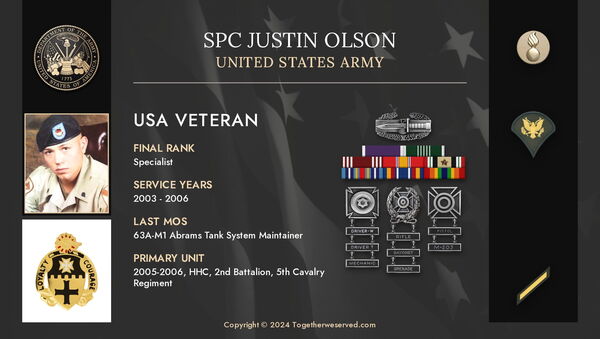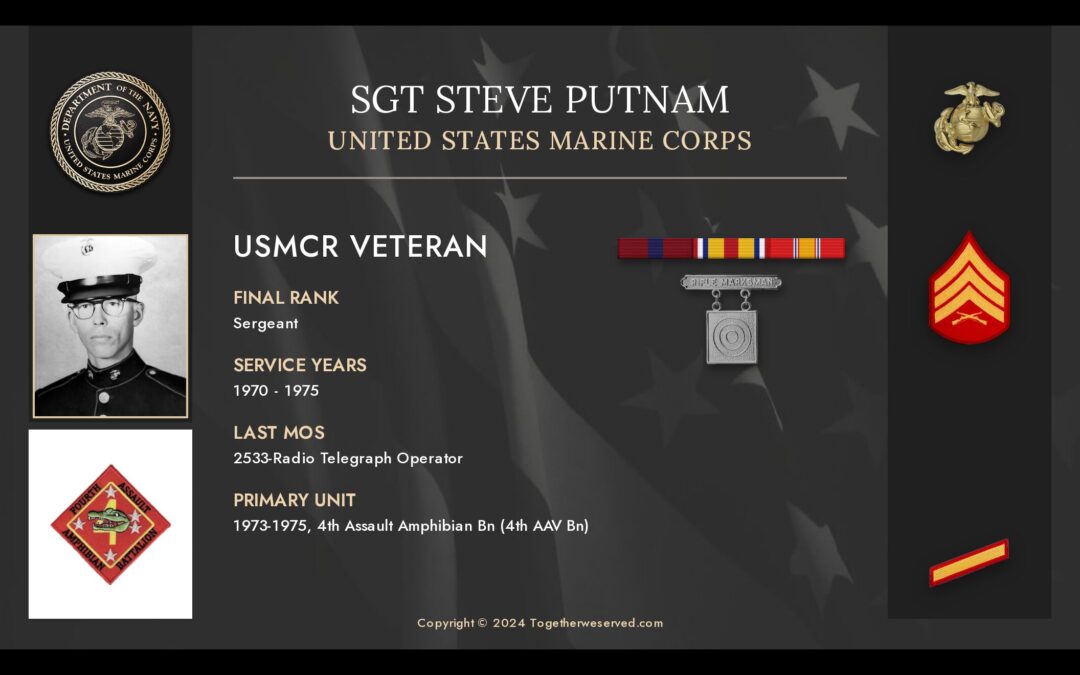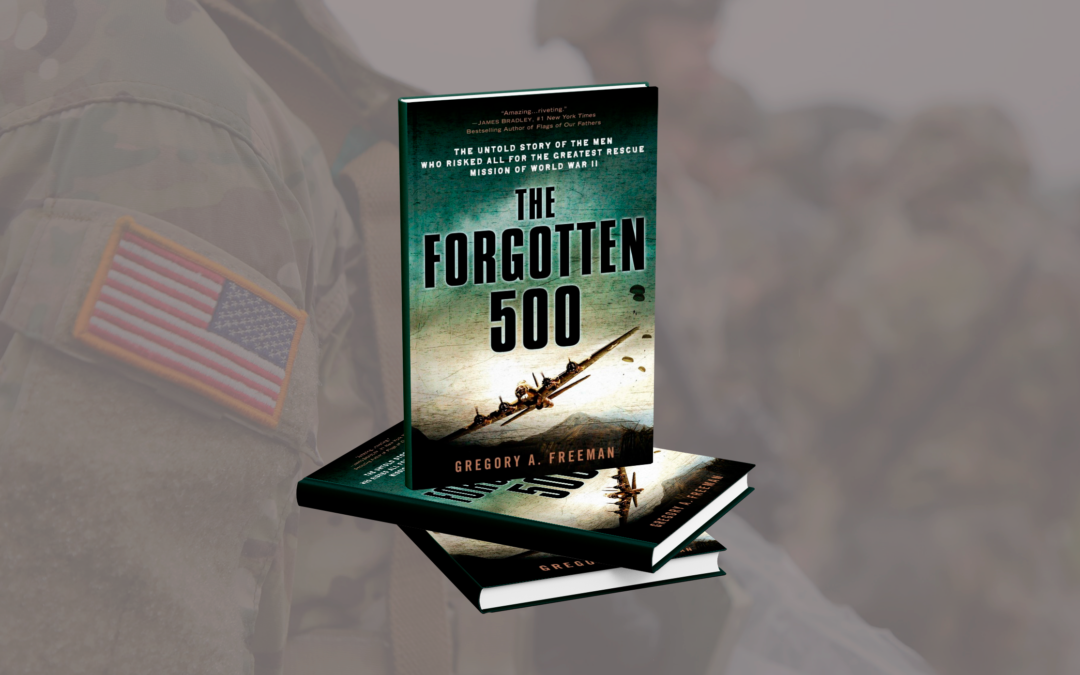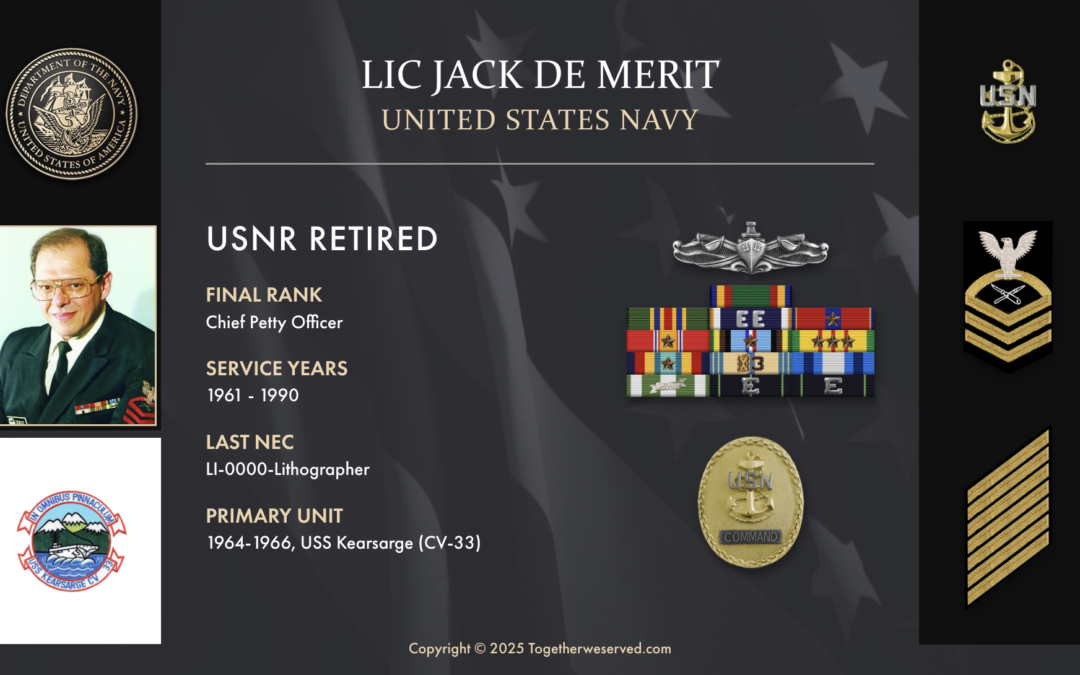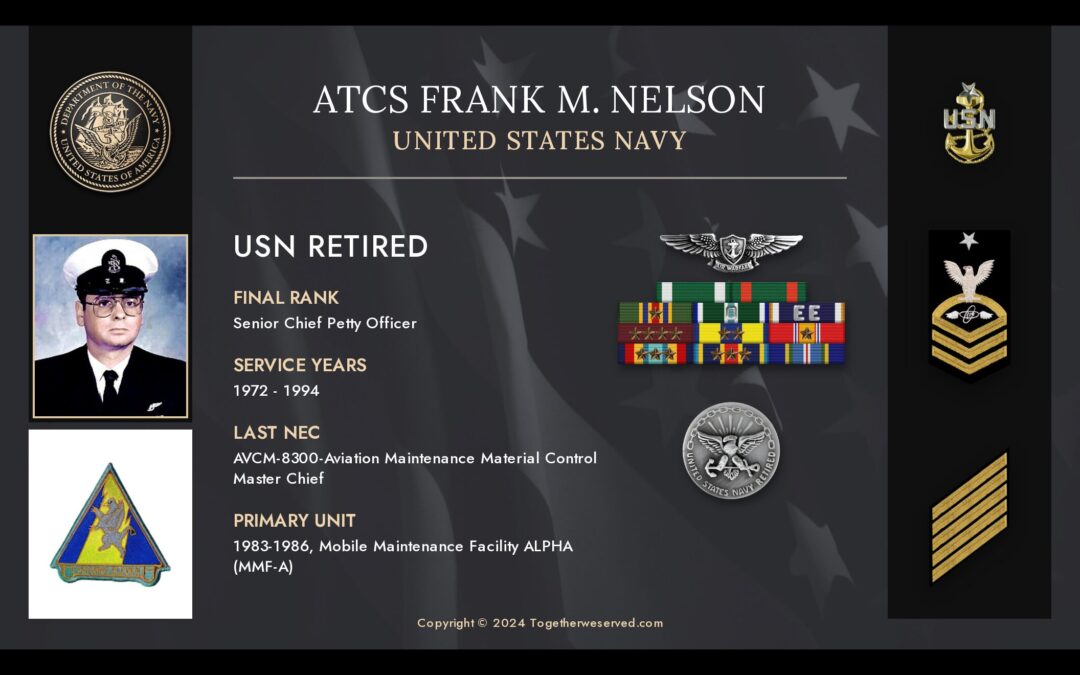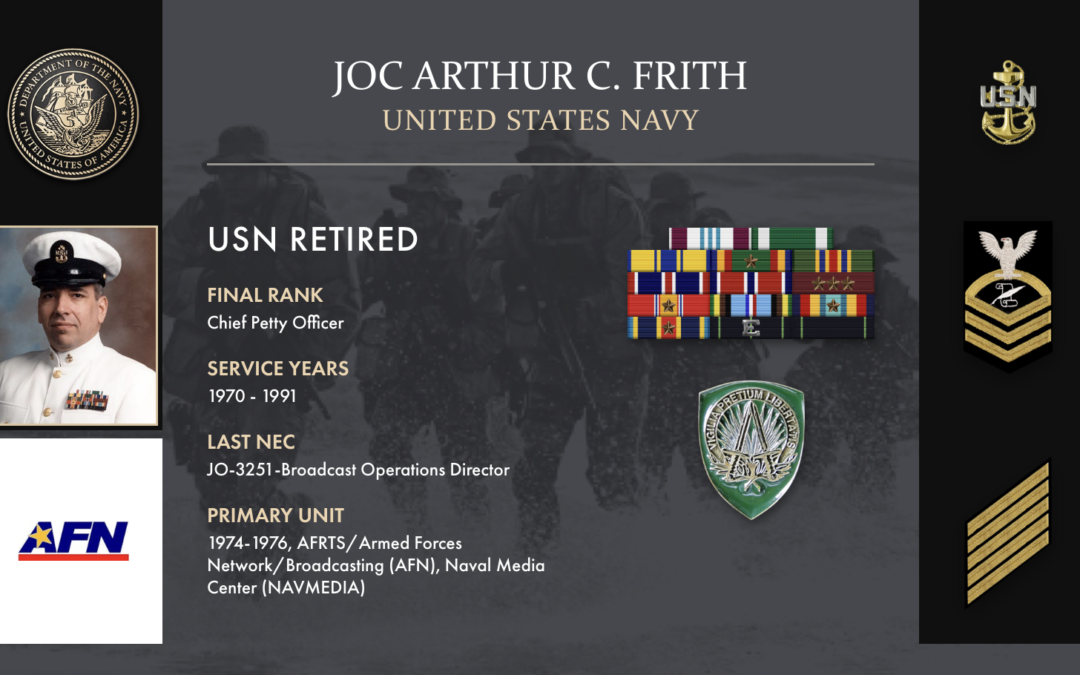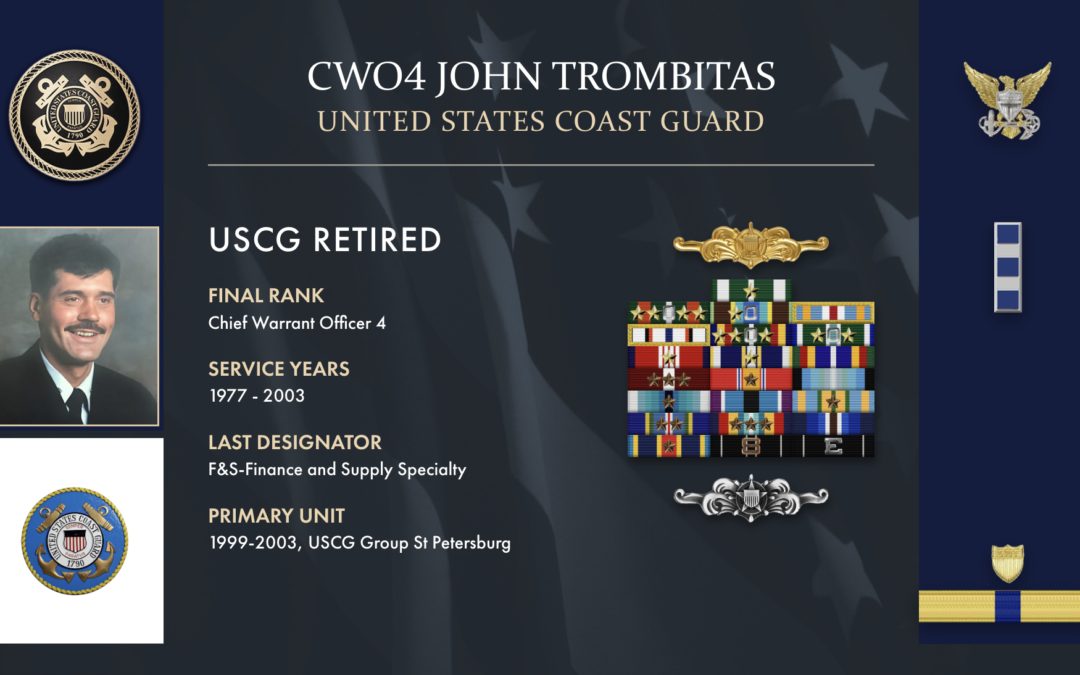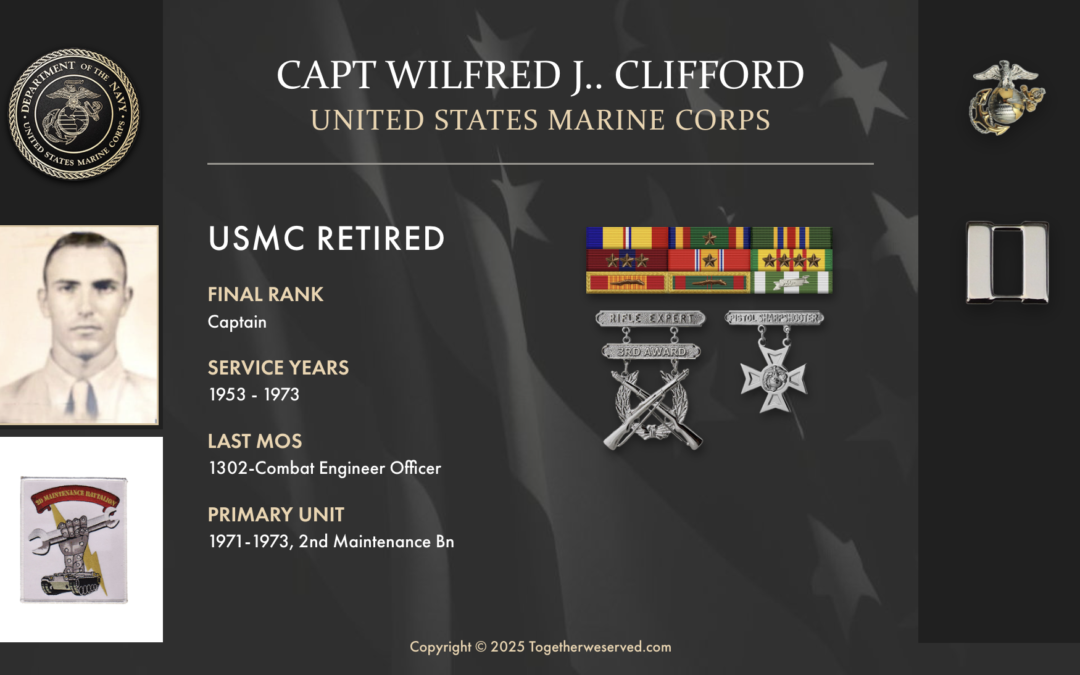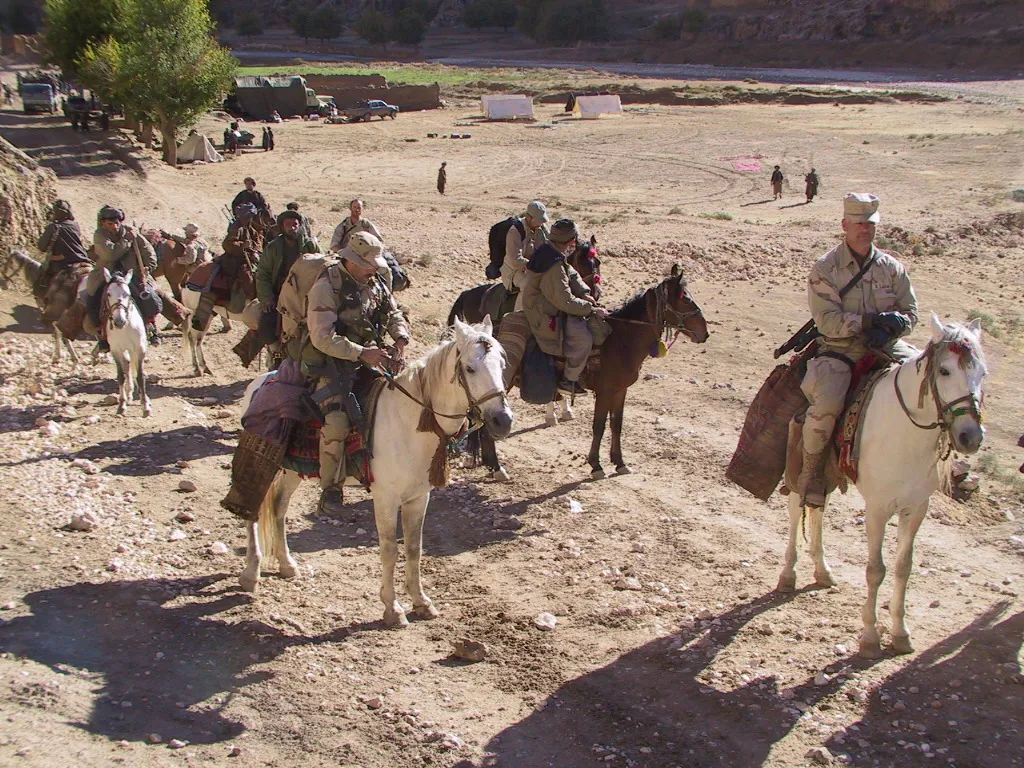I joined after September 11th after the two towers fell. I wanted to be a pilot. There were no current positions, so I was going to be an aircraft mechanic. There were also no positions, so I was offered the 63 Alpha Abrams system maintainer main battle tank mechanic position. I said, “But that’s the opposite; tanks are heavy. Aircraft are light.” I was told the main battle tank had the same AGT 1500 turbine engine as the Blackhawk helicopter. I was told I could double mosQ to aircraft engines after 3 years, and that’s the first people that I would look to for pilots. So I looked at it like a six-year-goal. My military career didn’t quite pan out that way. I went to Fort Knox, Kentucky, for unique training for five and a half months, then 2 weeks of hometown recruiting back in Utah and Ogden. I got married. I then reported for duty in December 2003 to Fort Hood, Texas, where within a short few months, I was already at the real head and leaving for Iraq, where being wounded doesn’t take mechanic would end my career. Luckily, I got to use my skills while using my post-911 GI Bill to go to college at Texas State Technical College as an aircraft mechanic, where I also got to do my initial flights. That’s not currently what I do today.
